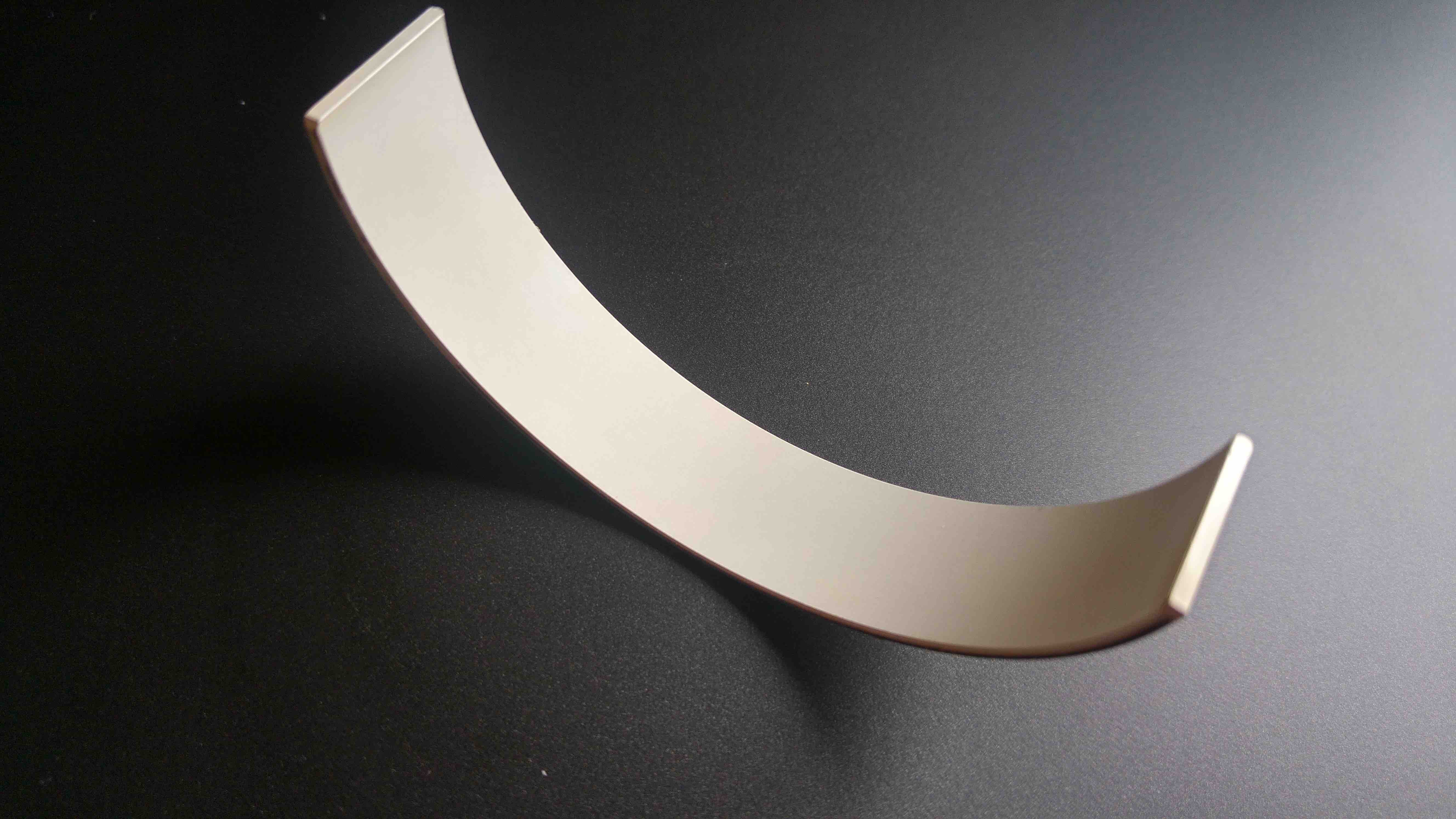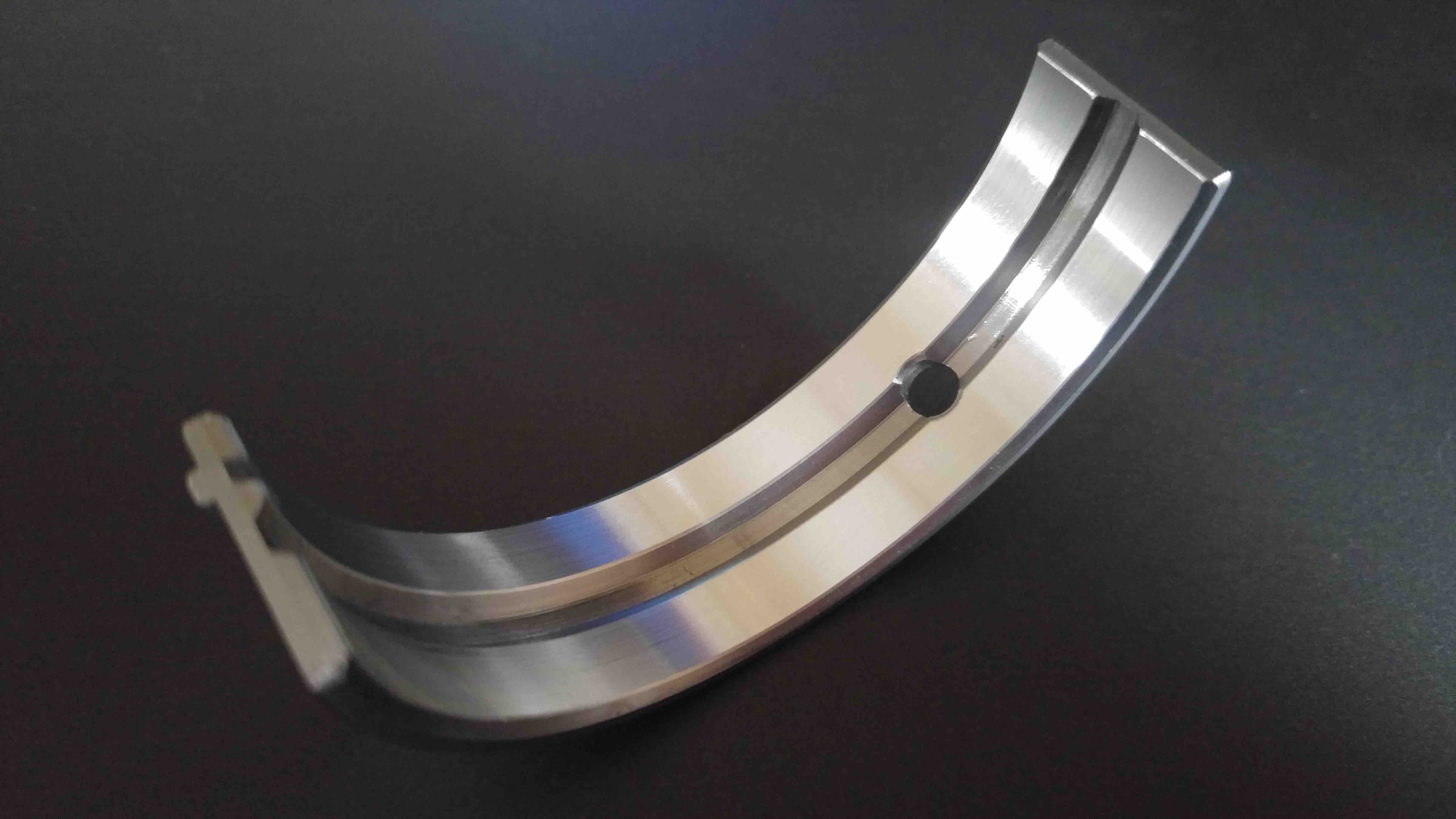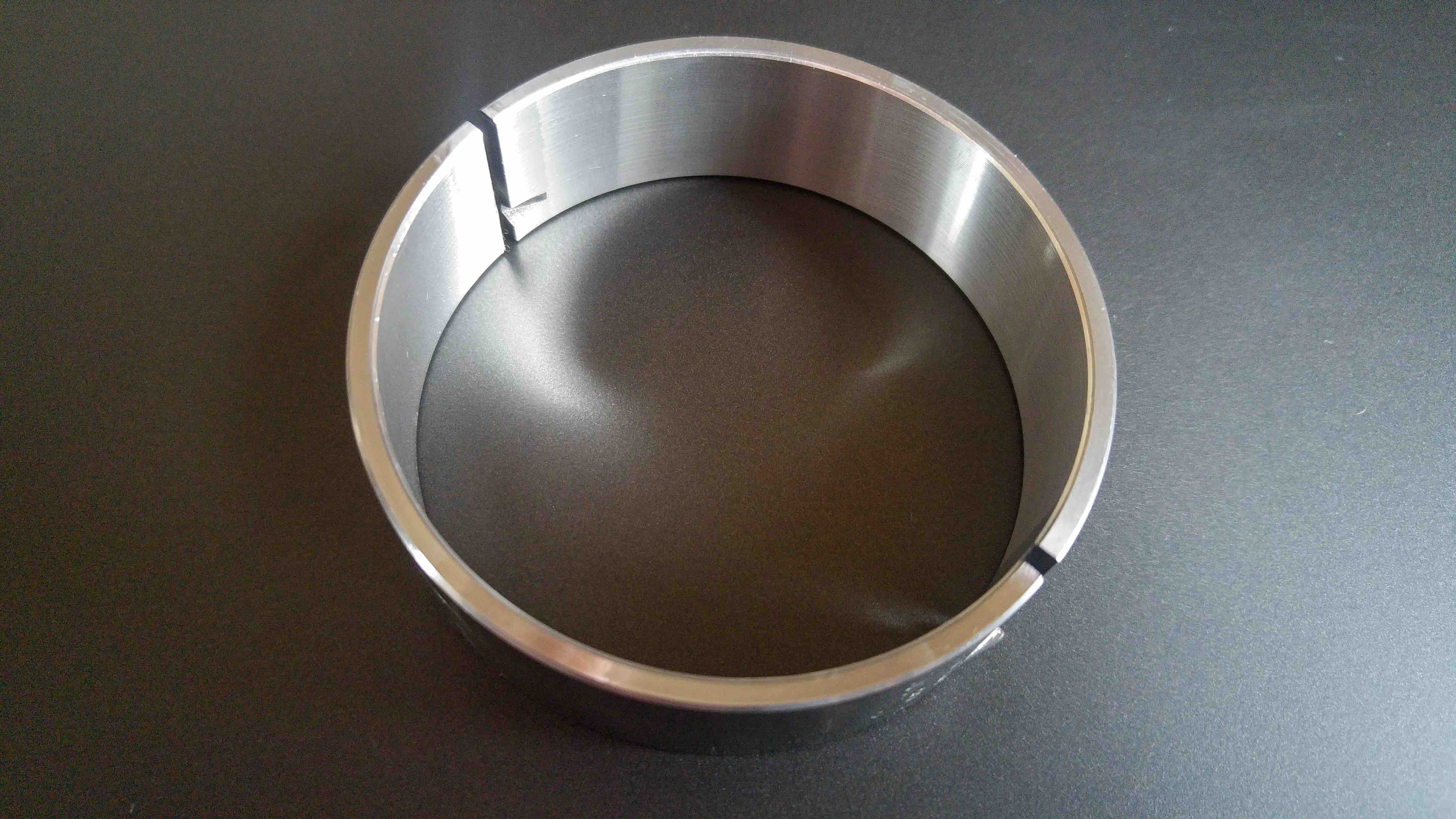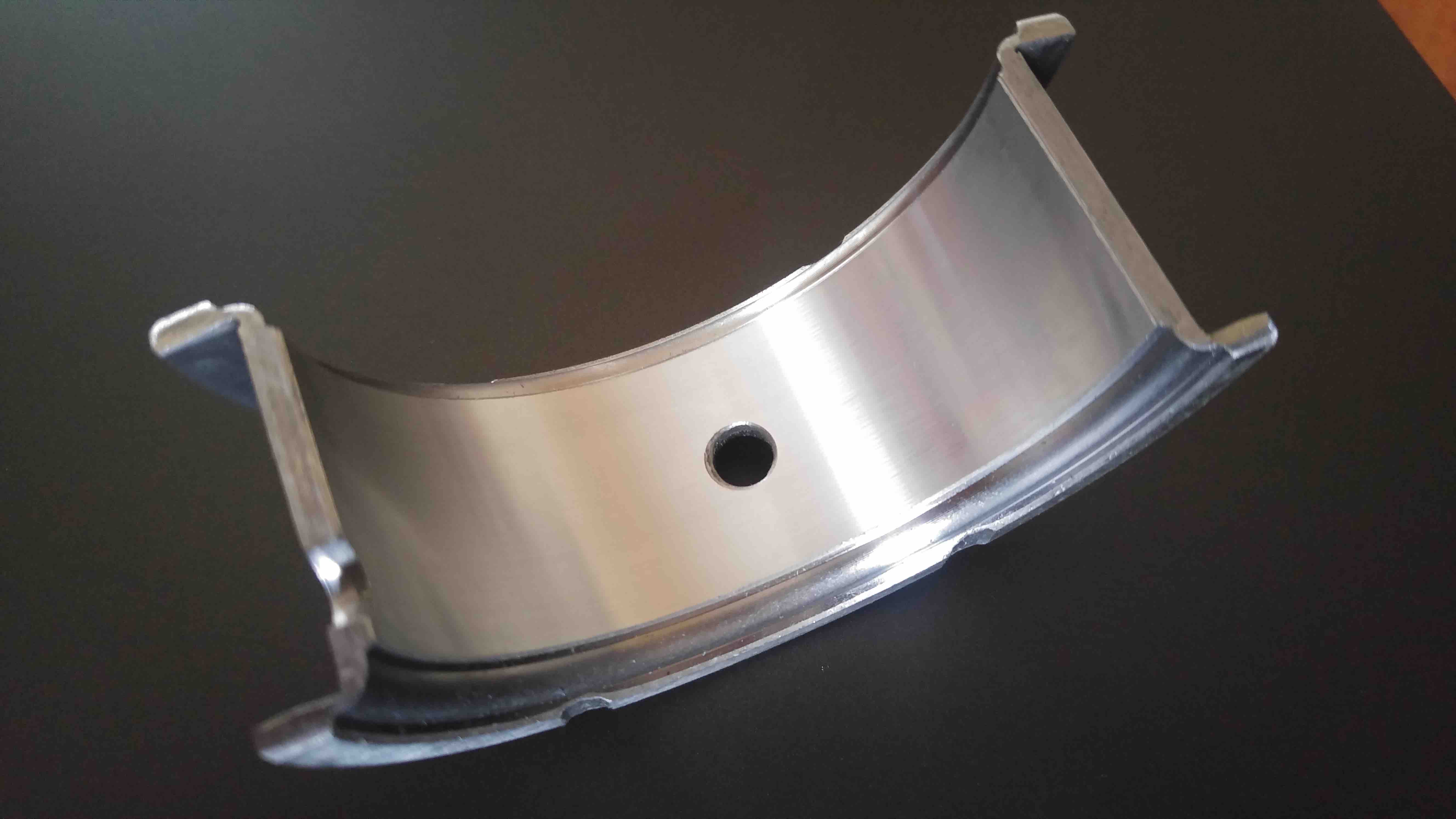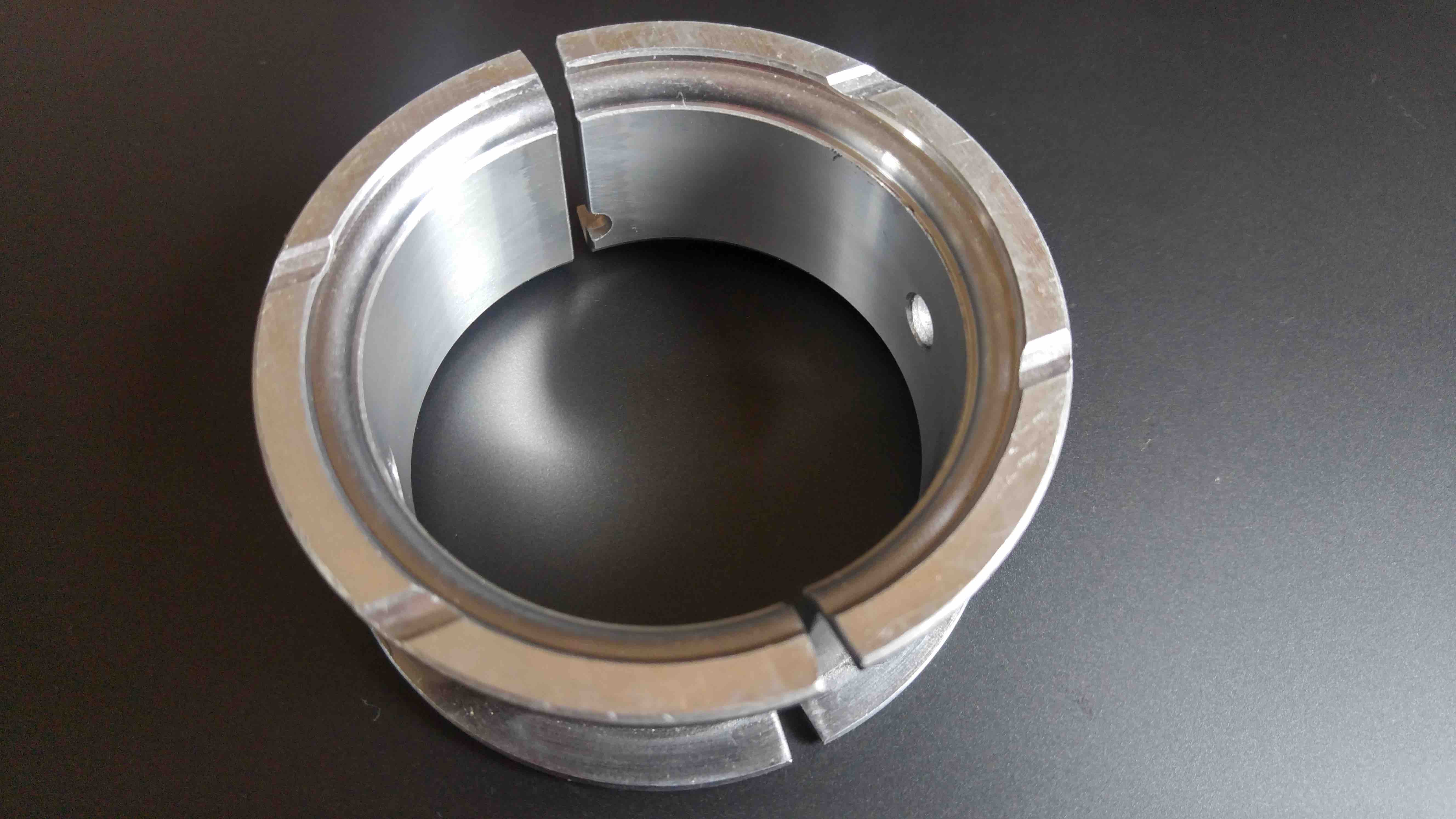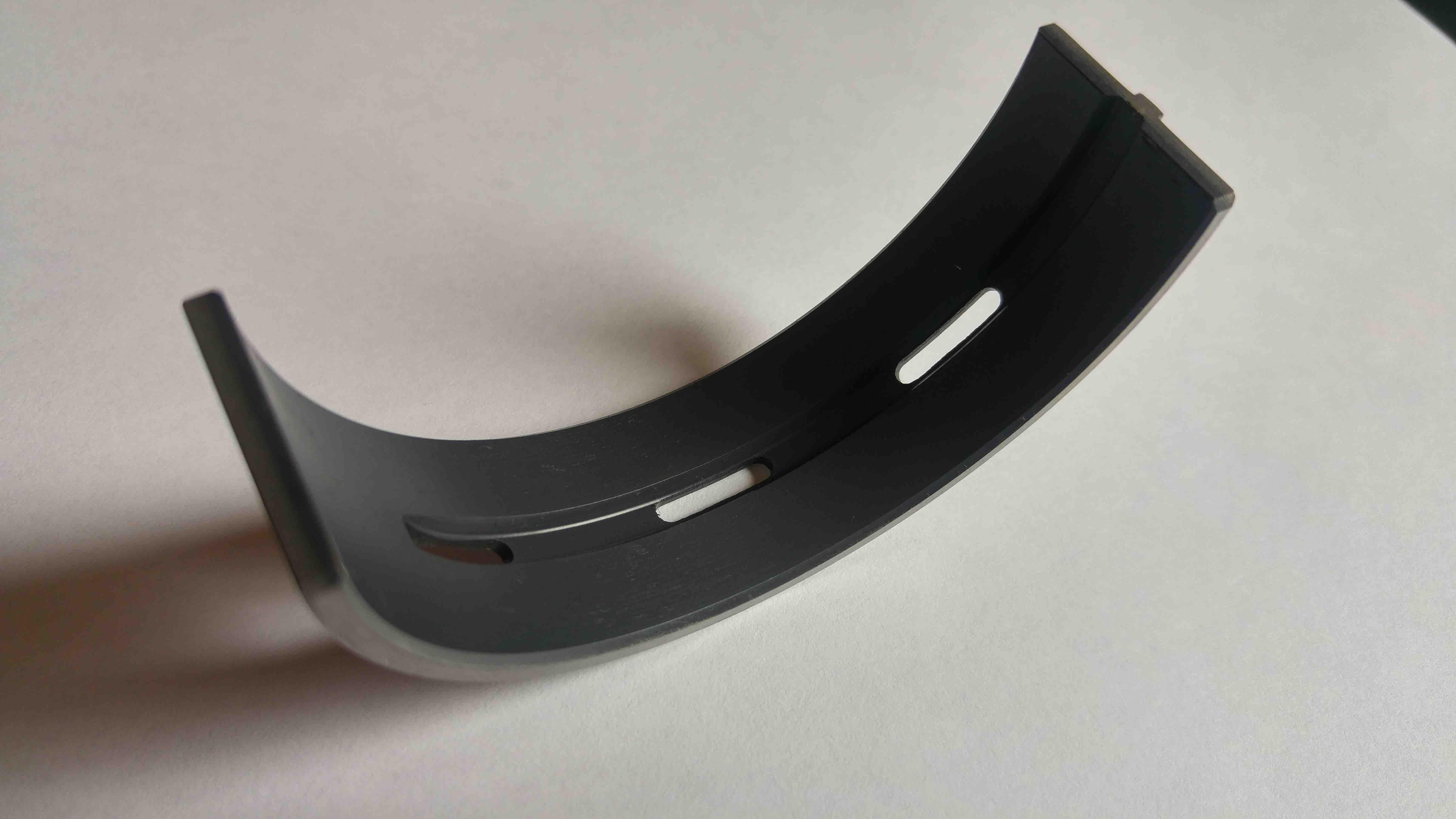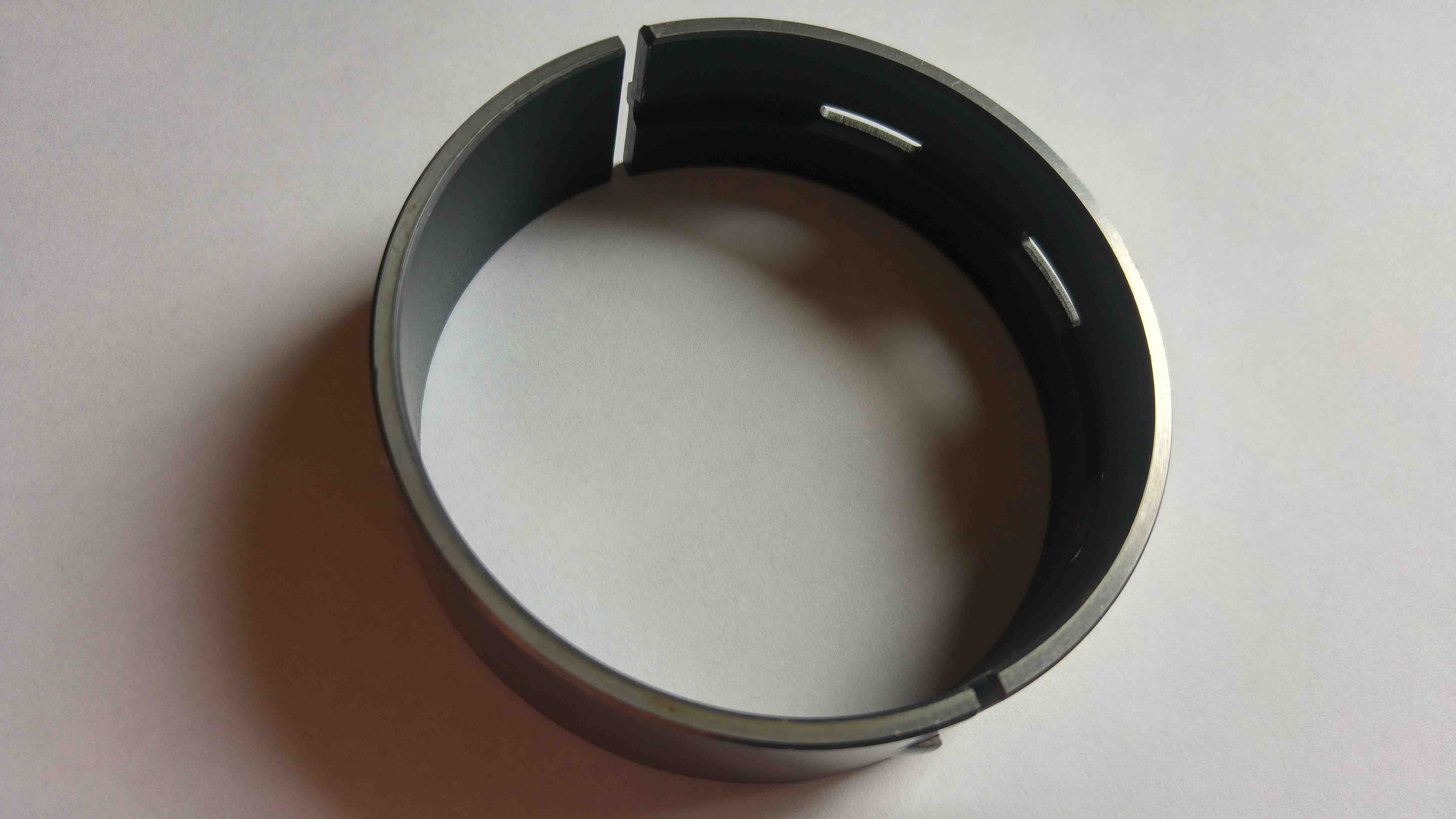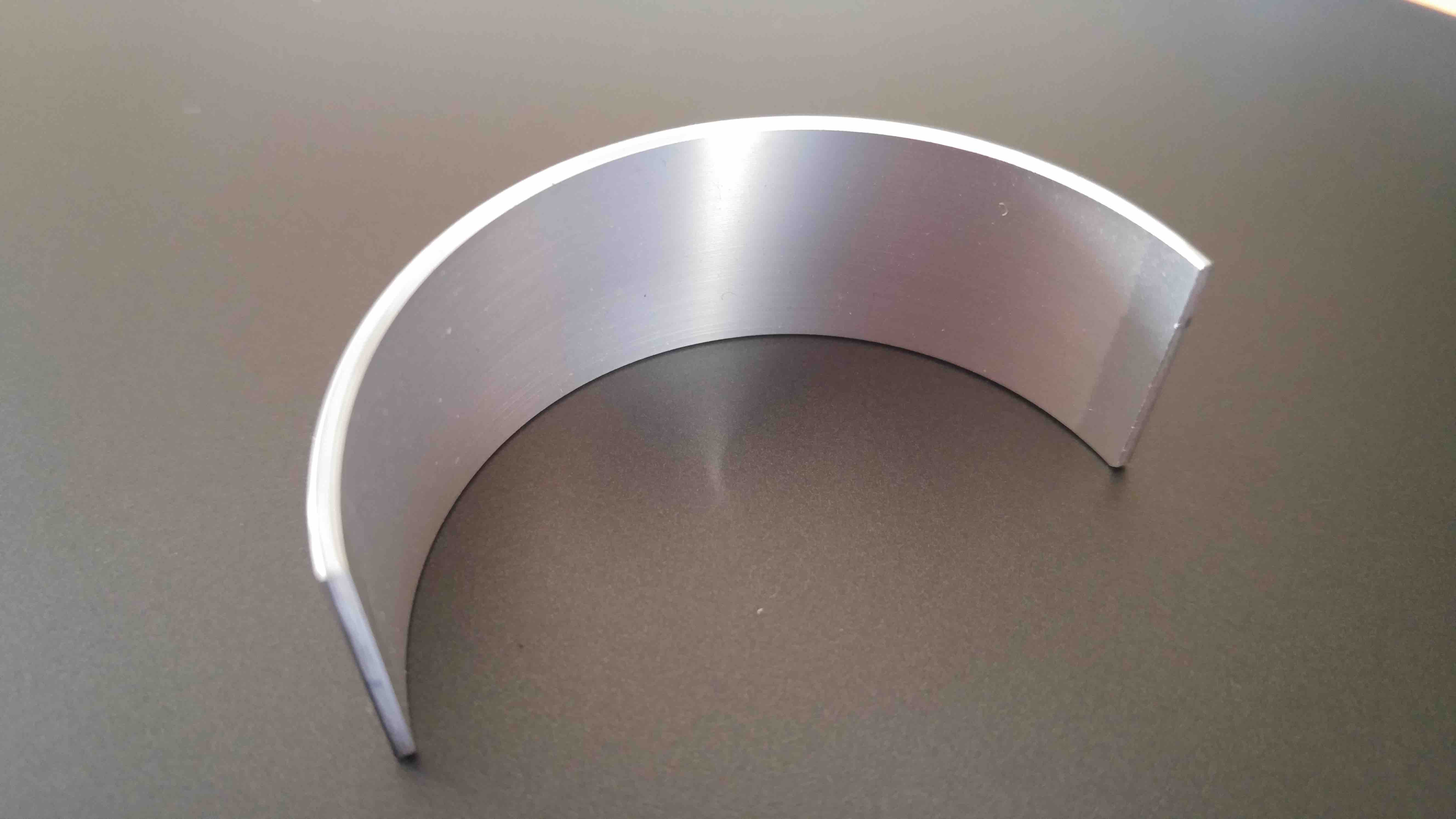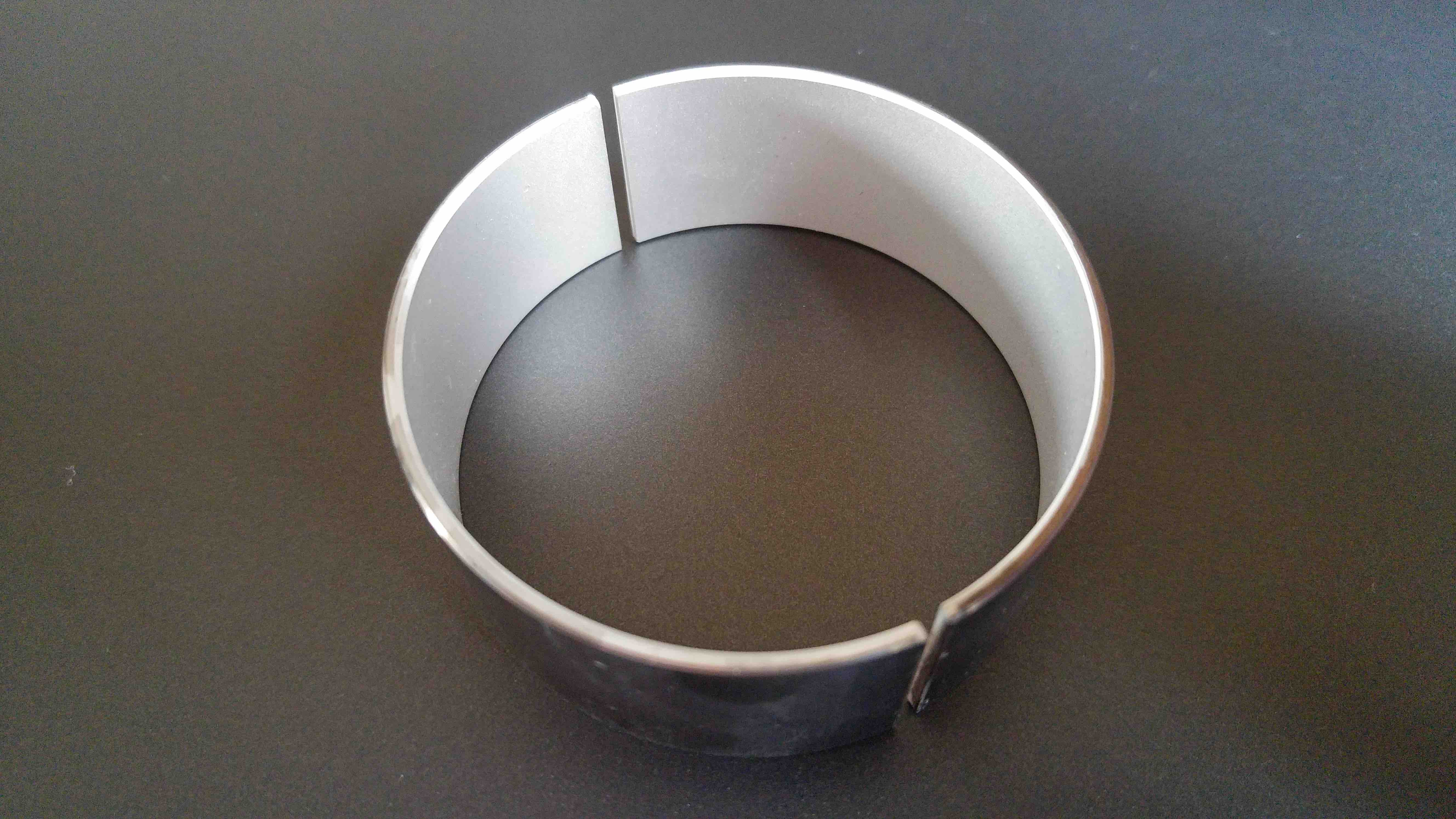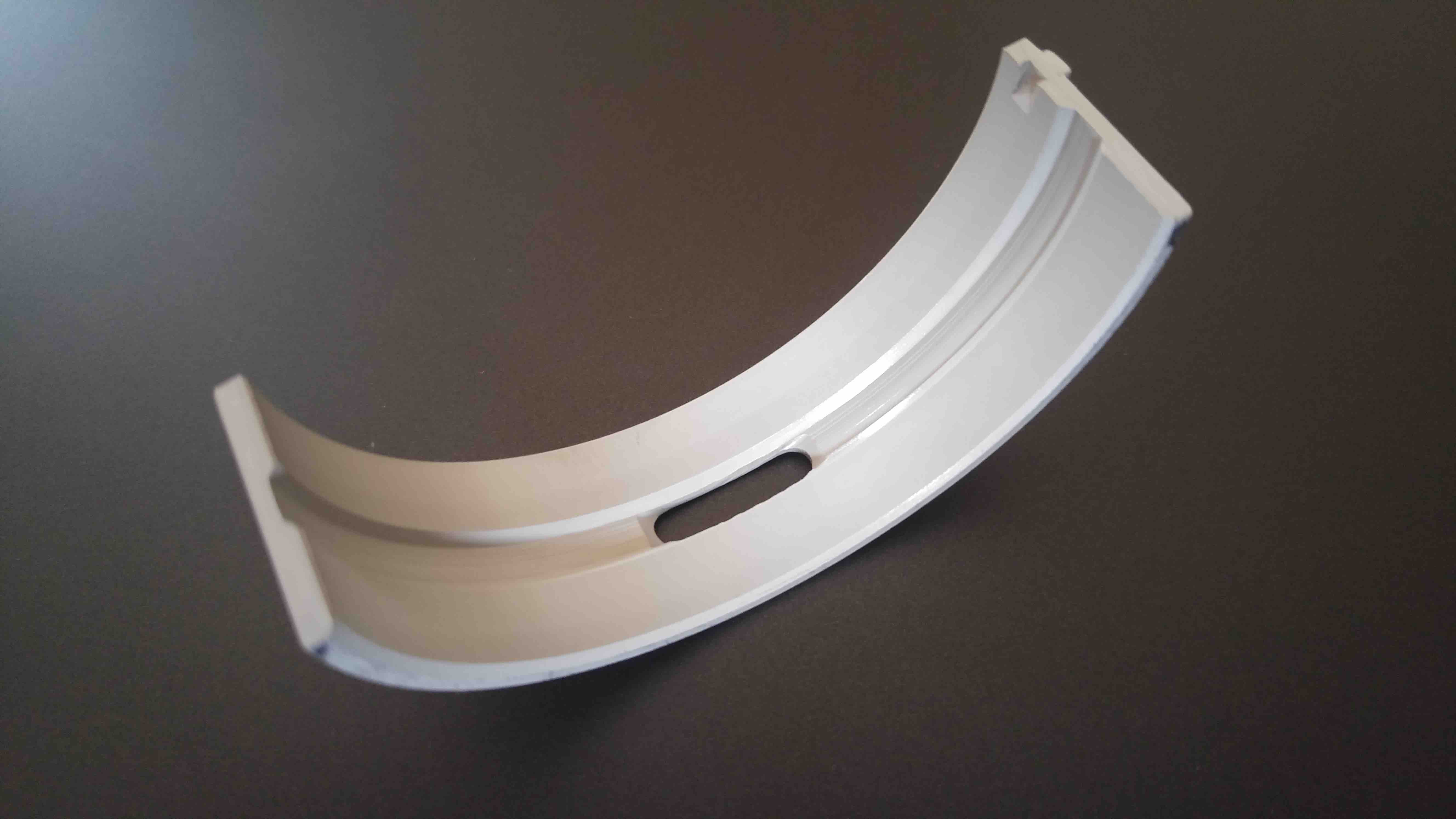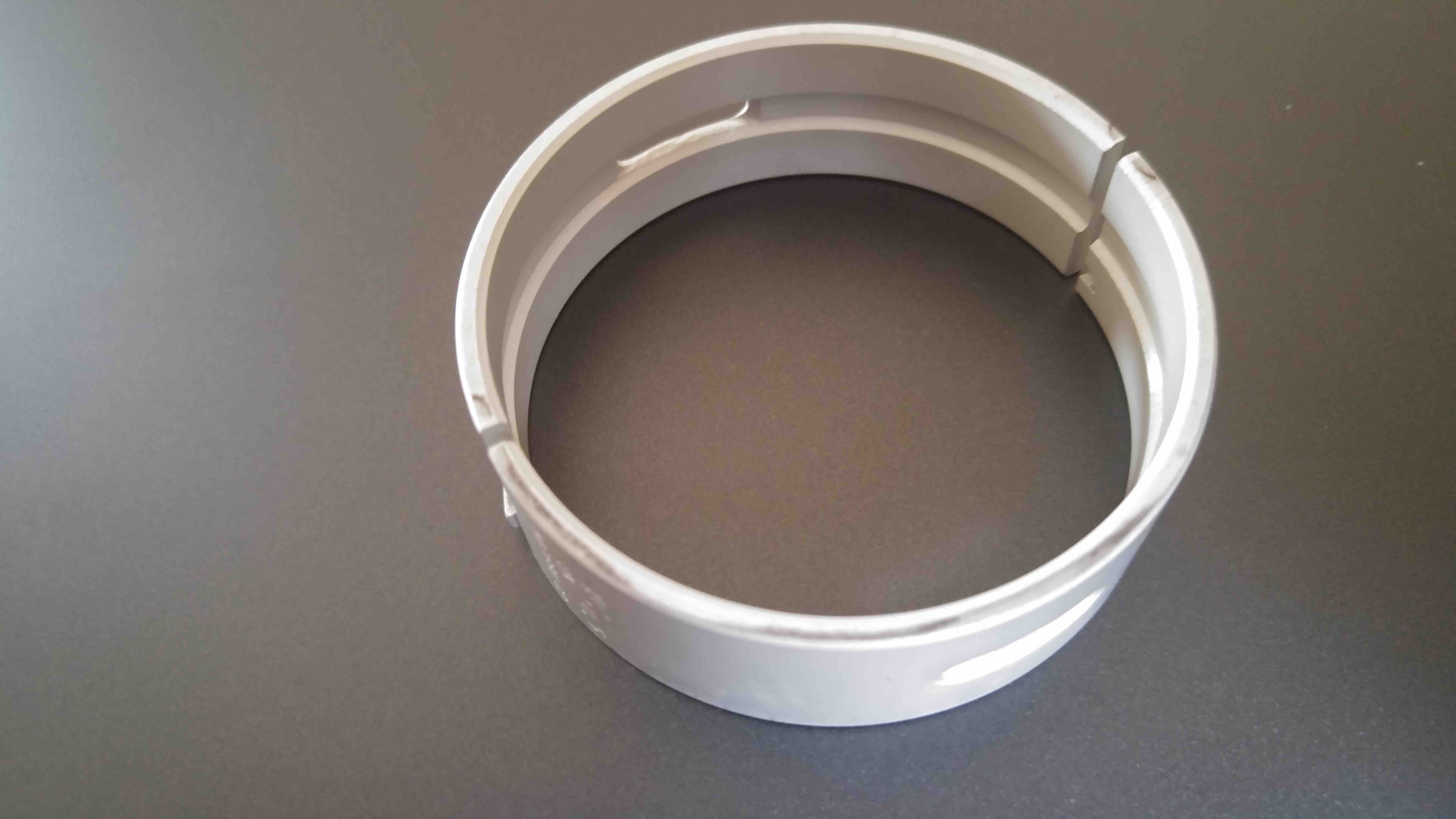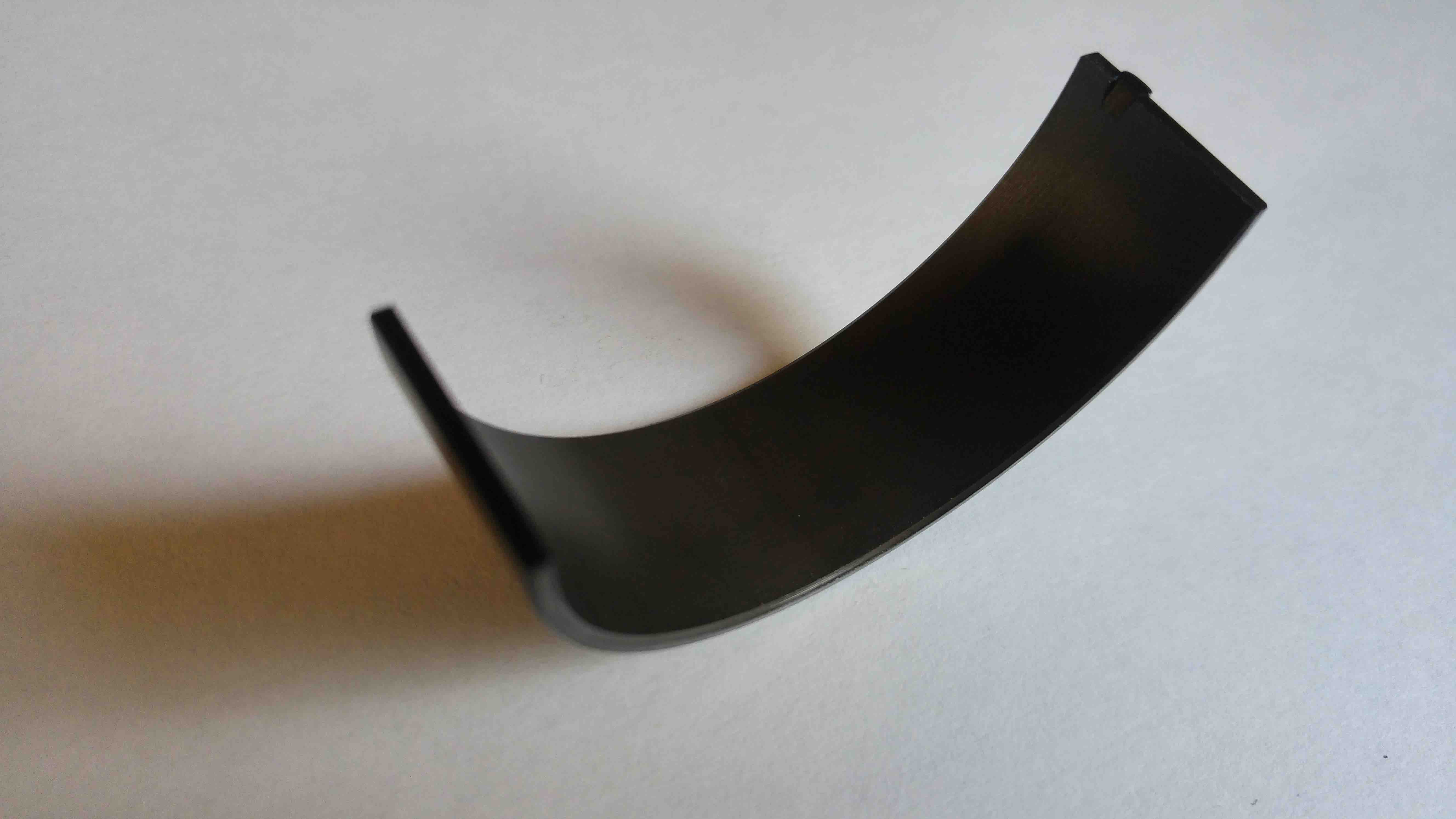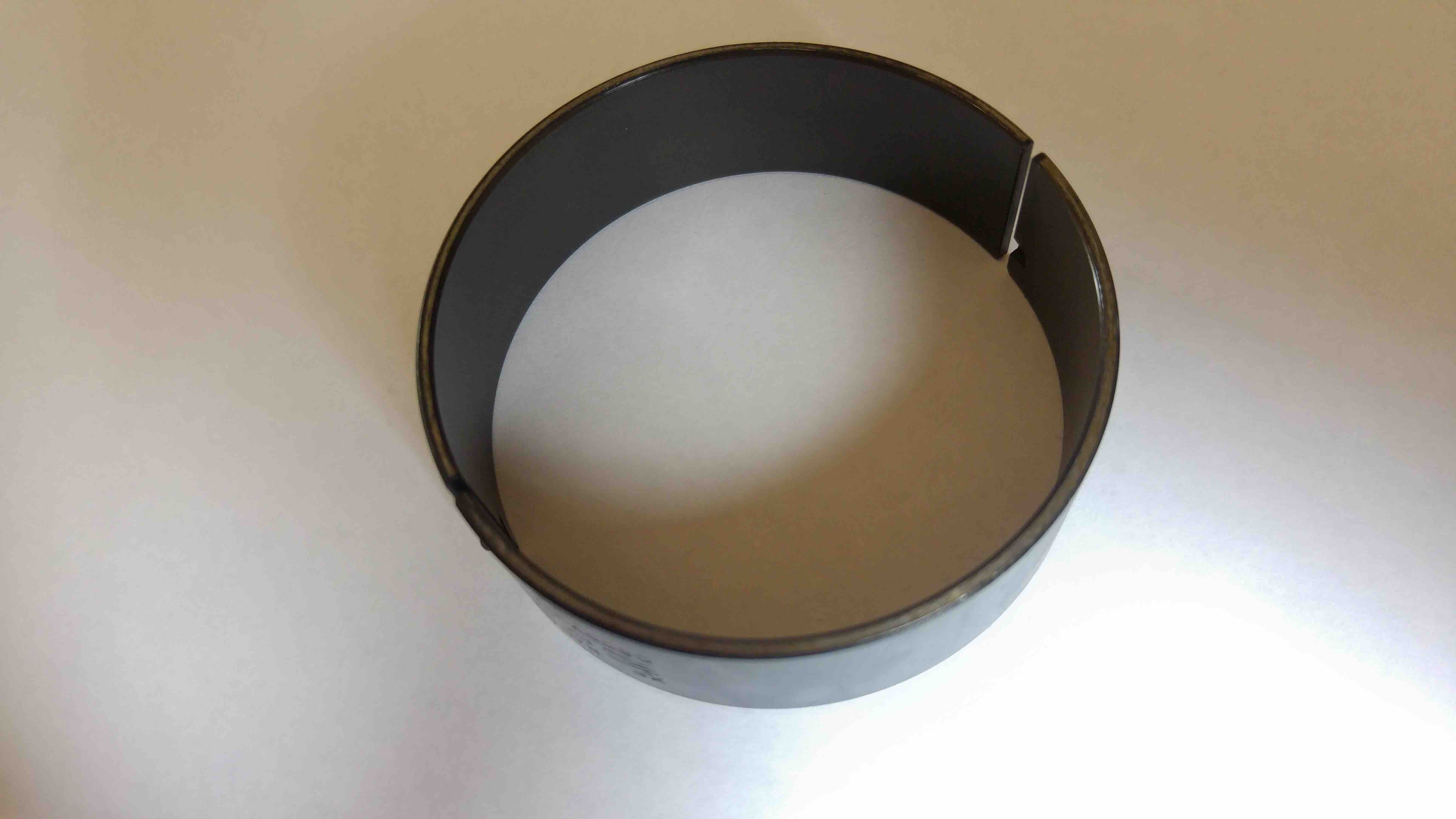About Us
Who We Are
Smooth Sliding is an engineering consulting company run by Dr. Dmitri Kopeliovich - VP R&D of King Engine Bearings and the founder of SubsTech (Substances & Technologies) – leading professional web site on Materials Science and Engineering. Dr. Dmitri Kopeliovich is an author of numerous scientific and engineering publications and patents.
What We Do
Smooth Sliding provides independent engineering consulting services that help you to solve sliding/plain bearing (eg. engine bearing) related issues: failures, material selection, geometry design and optimization of hydrodynamic conditions.
Why Choose Us
Dr. Dmitri Kopeliovich is the world leading expert having 30 years of experience in design, technology and materials for sliding bearings in applications such as automotive, energy, aviation, racing, industrial, heavy duty and others.
Some of our Customers
-
Aria Energy Inc. provides renewable energy to utilities and other customers across the United States. The company engages in operating a portfolio of renewable energy projects that generate electricity and produce pipeline-quality RNG and medium BTU gas.
Innovative Production, through AI Lift, is offering the next generation of Permanent Magnet Motors for submersible pump applications. The company can design a custom solution for both service companies and operators to ensure optimal motor run life in the most challenging of applications.
BioBrent is a renewable energy company that produces electricity and heat from fossil and renewable sources.
BMC Power specializes in the design and development of internal combustion engines, improvement of diesel-fuel piston engine systems, improvement studies of other fuel engines, and hybrid systems.
CAPS Manufacturing is an expert in the highest quality parts for reciprocating equipment. The company produces bearings to customer specifications, or design a custom solution for special application.
Depar Engine Bearings manufactures engine bearings for the automotive, industrial machinery, marine, air and defense industries.
Emerson Climate Technologies, Inc. manufactures climate control systems. The Company provides engineering, design, distribution, and installation of heating, ventilation, air conditioning, and refrigeration solutions.
Hydro Extruded Solutions manufactures and extrudes aluminium. The Company offers aluminium extrusions, building systems, and precision tubing.
IPD is offering design, manufacturing and distribution of after-market engine parts in commercial on-highway, construction, energy, gas, mining, and marine sectors around the globe.
Iredell Transmission LLC (subsidiary of DTE Vantage) runs landfill gas-to-electricity projects at the Iredell County Landfill.
Potrero Hills Energy Producers LLC (subsidiary of DTE Vantage) produces renewable energy by capturing and using landfill gas.
Lovick Engineering is one of Australia’s longest established diesel and natural gas engineering, machining and engine rebuilding companies.
MPR applies equipment and systems engineering capabilities, commercial and regulatory insight and practical operations experience to optimize the management and operation of energy, defense, and other infrastructure facilities.
Ormat Technologies, Inc. offers clean, reliable energy solutions provided from geothermal power, recovered energy, as well as energy storage solutions.
TUSAS Engine Industries Inc. (TEI) is a joint venture of Turkish Aerospace Industries Inc., General Electric (GE), Turkish Armed Forces Foundation (TAFF) and Turkish Aeronautical Association (TAA). TEI designs and manufactures aircraft engines.




















